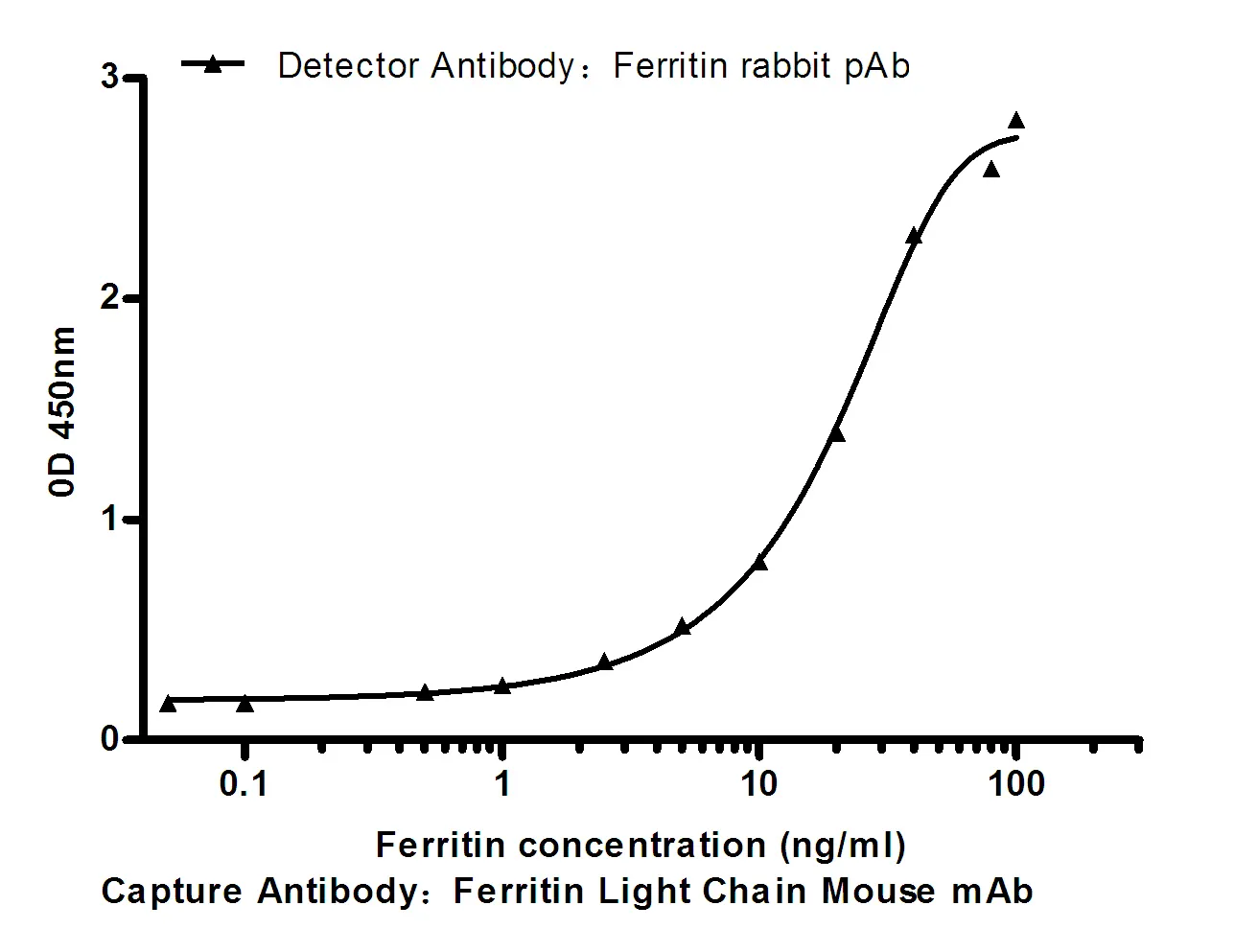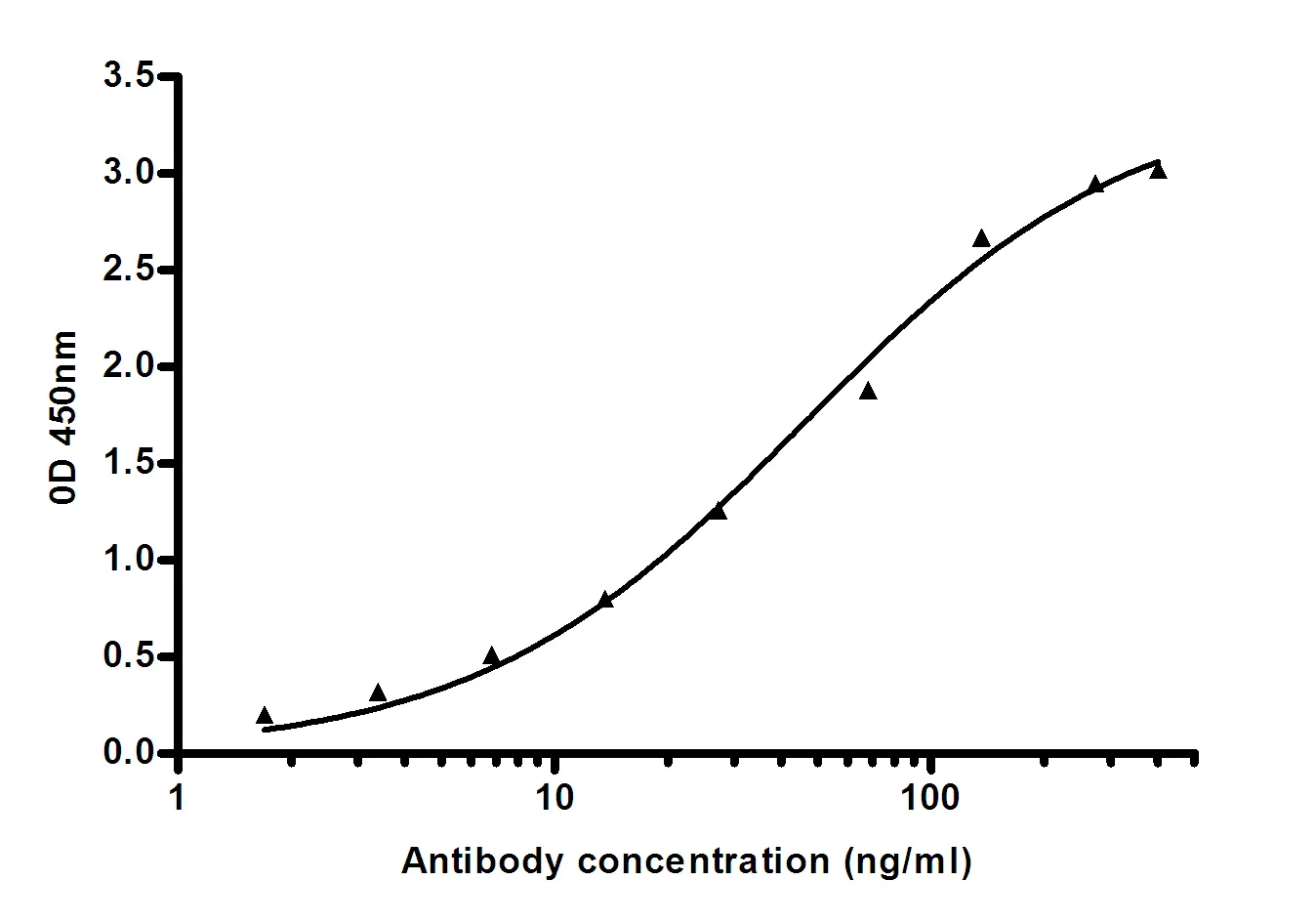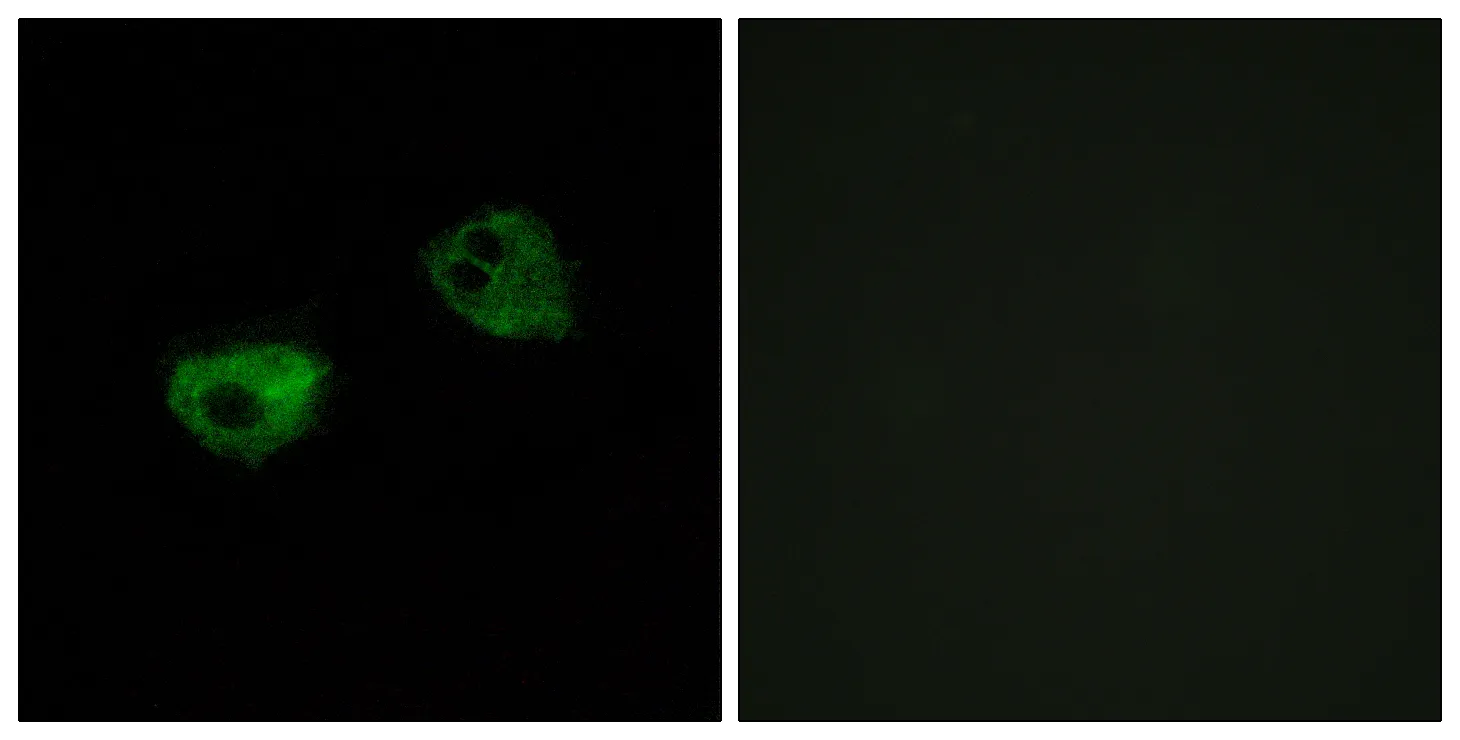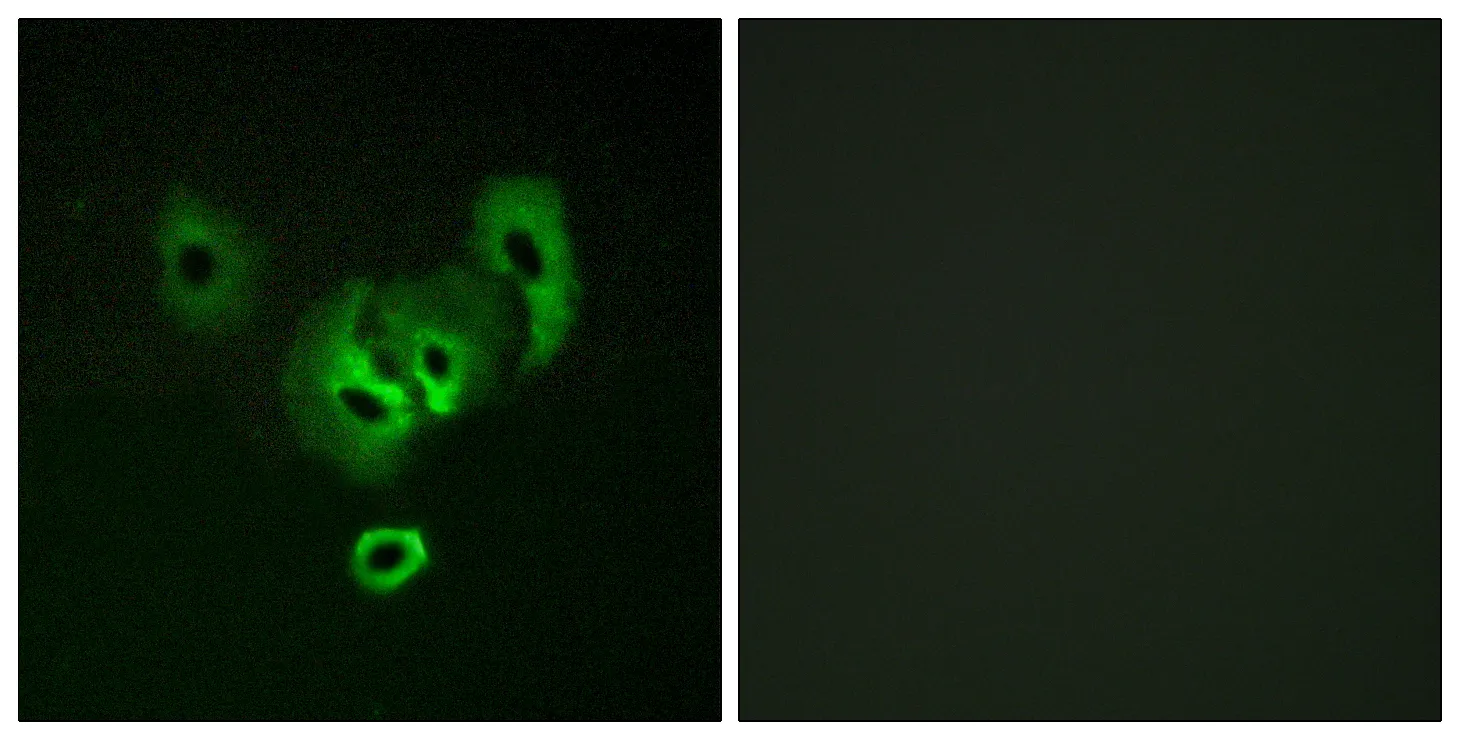Summary
Performance
Immunogen
Application
Background
The protein encoded by this gene is a single-pass type I membrane protein and member of the immunoglobulin superfamily of receptors. The encoded protein may be involved in the regulation of antigen presentation. A soluble form of this protein can bind to dendritic cells and inhibit their maturation. Three transcript variants encoding different isoforms have been found for this gene. [provided by RefSeq, Oct 2011],function:May play a significant role in antigen presentation or the cellular interactions that follow lymphocyte activation.,online information:CD83 antigen,similarity:Contains 1 Ig-like V-type (immunoglobulin-like) domain.,subunit:Monomer.,tissue specificity:Expressed by activated lymphocytes, Langerhans cells and interdigitating reticulum cells.,
Research Area




